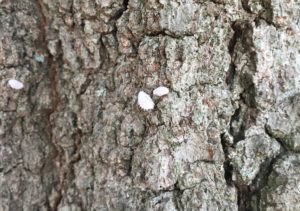
Watch for Predators That Look Like Pests
Yesterday on campus willow oak trees I found lots of insects that looked like mealybugs. But they were faster …


El inglés es el idioma de control de esta página. En la medida en que haya algún conflicto entre la traducción al inglés y la traducción, el inglés prevalece.
Al hacer clic en el enlace de traducción se activa un servicio de traducción gratuito para convertir la página al español. Al igual que con cualquier traducción por Internet, la conversión no es sensible al contexto y puede que no traduzca el texto en su significado original. NC State Extension no garantiza la exactitud del texto traducido. Por favor, tenga en cuenta que algunas aplicaciones y/o servicios pueden no funcionar como se espera cuando se traducen.
Inglês é o idioma de controle desta página. Na medida que haja algum conflito entre o texto original em Inglês e a tradução, o Inglês prevalece.
Ao clicar no link de tradução, um serviço gratuito de tradução será ativado para converter a página para o Português. Como em qualquer tradução pela internet, a conversão não é sensivel ao contexto e pode não ocorrer a tradução para o significado orginal. O serviço de Extensão da Carolina do Norte (NC State Extension) não garante a exatidão do texto traduzido. Por favor, observe que algumas funções ou serviços podem não funcionar como esperado após a tradução.
English is the controlling language of this page. To the extent there is any conflict between the English text and the translation, English controls.
Clicking on the translation link activates a free translation service to convert the page to Spanish. As with any Internet translation, the conversion is not context-sensitive and may not translate the text to its original meaning. NC State Extension does not guarantee the accuracy of the translated text. Please note that some applications and/or services may not function as expected when translated.
Collapse ▲
Yesterday on campus willow oak trees I found lots of insects that looked like mealybugs. But they were faster …
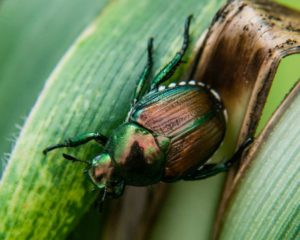
Andrew Porterfield | 4/29/2019 | EntomologyToday Since its accidental arrival in New Jersey in 1916, the Japanese beetle (Popillia japonica) …
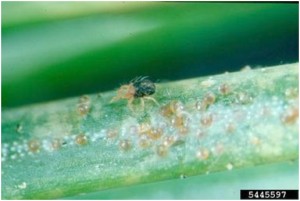
Brian Lovett at University of Maryland | 4/29/2019 | Via TheConversation.com Insects scuttle, chew and fly through the world around …
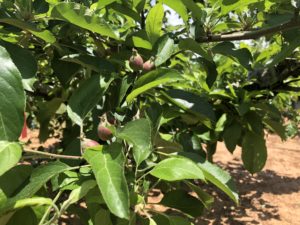
Due to the threat of Glomerella leaf spot and bitter rot in the southeast, the first cover spray those …

Tobacco thrips surveys across the northern coastal plain found moderate numbers of tobacco thrips in weeds and wheat (Bertie, …
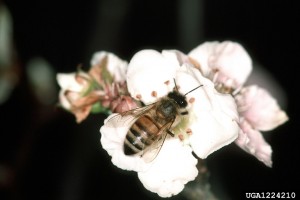
Amy Duke | 4/1/2019 | Penn State University A new online tool and community, called Beescape, enables beekeepers, or anyone interested …
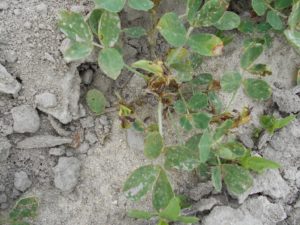
Mark Abney | 4/20/2019 | Southeast FarmPress Every spring I post an article on this blog about early season thrips …
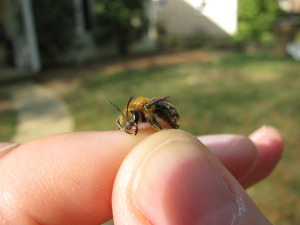
Wood et al. at Michigan State University While many scientists are focused on the decline of honey bees, relatively few …

Effective May 1, 2019, and expiring October 30, 2019, Transform has been approved for use in cotton as an …

The good news this week is that according to infection models, primary scab season is over for all locations …

Charlie Cahoon and Wes Everman, Weed Science Extension Specialists, NC State University; Alan York, Professor Emeritus, NC State University; …

The specific exemption section 18 label obtained in 2016 for using Mertect (thiabendazole) for control of black rot (caused …

By: David F. Ritchie; Extension Plant Pathologist – NC State University Blossom blight (caused by Monilinia fructicola that also causes brown …
Fusarium Head Blight Fusarium Head Blight (FHB), also known as scab, is caused by several Fusarium spp., particularly F. graminearum in the U.S. The …
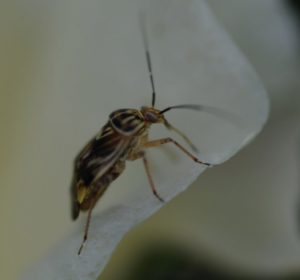
Patrick R. Shepard | 4/8/2019 | Southeast FarmPress You know they’re coming: plant bugs, thrips, and their posses. University entomologists …

Carpenter bee activity is on the increase. The activity near the end of March and early April was mostly …
Learning to Manage What We Can Control Rick Brandenburg Peanut Extension Entomology Specialist NC State University Farming has certainly become one of the …